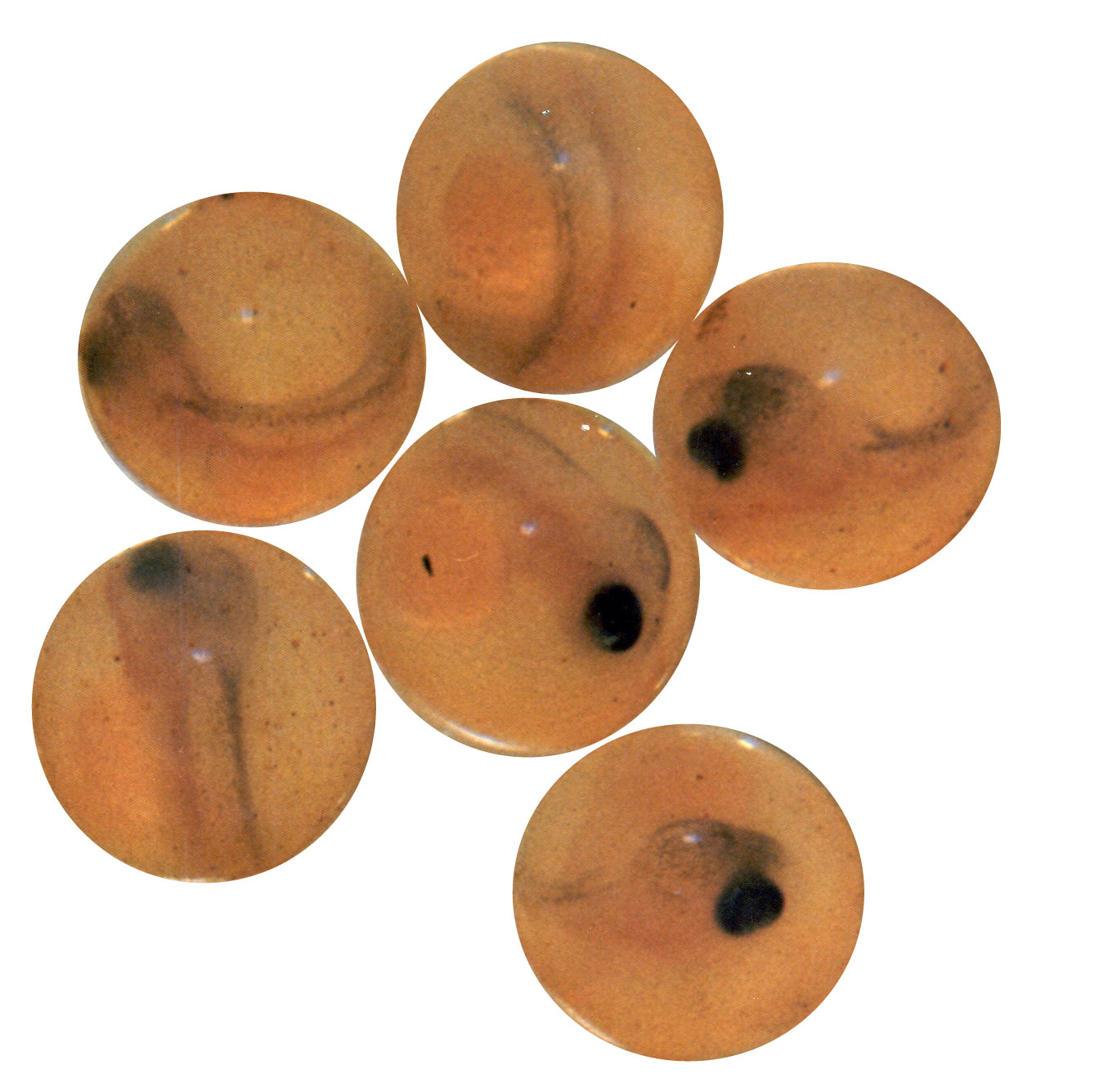Fish
Most Oregon waters are home to multiple species of fish. Fish play a major role for regional indigenous groups, and are an important food source. Urbanization and river engineering have dramatically altered fish habitats and migration paths, changing the dynamics of Oregon fish populations. Not every Oregon fish is included in this chapter.
Created by Gareth Baldrica-Franklin, Institute for Water and Watersheds, Oregon State University
Fish Barriers
Fish passage barriers are structures that may alter fish movement, migration and habitats. Barriers may be completely blocked or fully passable. Natural barriers include falls, cascades and fords. Manmade barriers include culverts, dams, bridges, weirs, and tide gates. Almost 40,000 barriers have been identified by the Oregon Department of Fish and Wildlife (ODFW), over half of which are culverts. Some barriers are fully passable by fish, while others are completely impassible.
Barrier Type
Natural
Manmade
Steelhead
Steelhead and Rainbow Trout are the same species, but Steelhead are anadromous, meaning they spend part of their lives in the ocean. There are two main Steelhead runs, one in the Winter and one in the Summer. The Summer run spawns further inland, usually east of the Cascades. Steelhead can spawn multiple times.
Saltwater
Freshwater
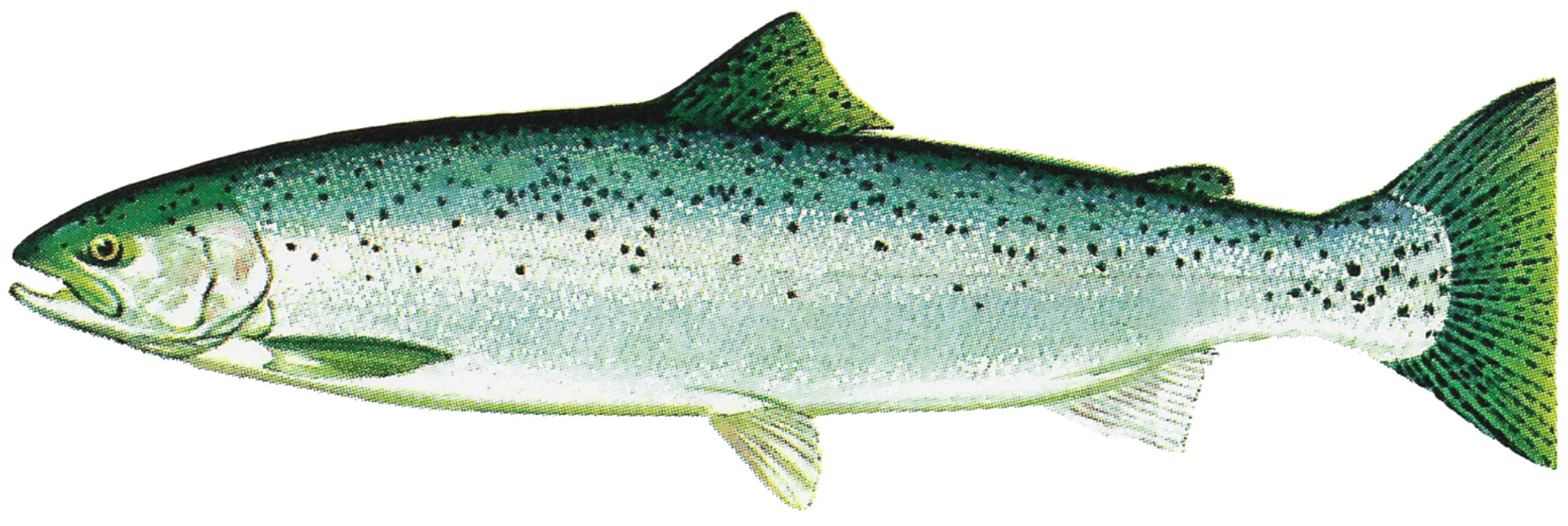

Season
Winter Summer Both
Habitat Extent
Current
Historical
Redband Trout
Redband Trout are a subspecies of Rainbow Trout that are adapted to the arid regions of Eastern Oregon. They are indigenous to Central Oregon, and historically lived anywhere connected to the Deschutes River. Today, their habitat has been somewhat limited due to impassible dams, flow alterations, non-native species, and chemical treatments. Redband Trout spawn in the Spring.
Habitat Extent
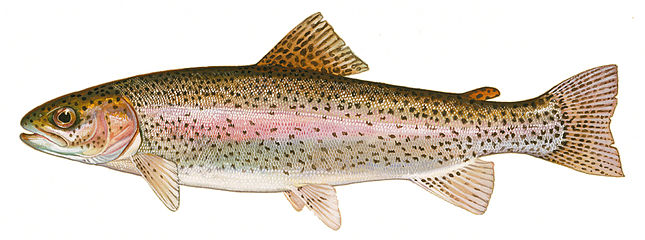
Current
Historical
Bull Trout
Found in clear, cold waters, the Bull Trout is considered one of the most beautiful and mysterious native Oregon fish. Due to their specific habitat requirements, Bull Trout are considered excellent indicators of water quality. Bull Trout typically grow up to 18 inches long, and their diet depends heavily on other fish. Bull Trout spawn in the Fall.
Habitat Extent
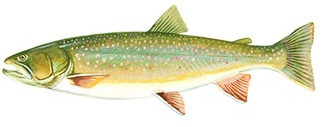
Current
Historical
Chinook Salmon
The largest of the Pacific Salmon, Chinook have been known to weigh up to 100 pounds, although most weigh under 50. Chinook spawn in the Fall. Some Chinook enter freshwater in the Spring, comprising the Spring run, as they must travel long distances to reach their spawning grounds. Fall-run Chinook spawn in easily-accesible coastal streams.
Saltwater
Spawning
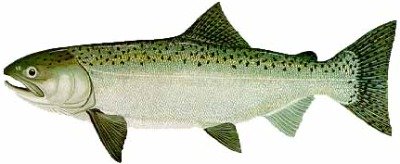
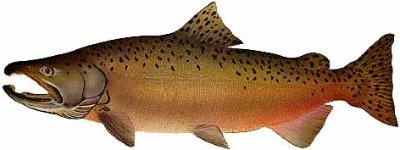
Season
Fall Spring Both
Habitat Extent
Current
Historical
Coho Salmon
Coho are some of the most popular salmon for sport fishing in Oregon. They spawn in coastal streams and tributaries, and can even be found in urban streams. When Coho are ready to spawn, they gather in groups at the mouths of major rivers. They wait for the water to rise, such as during a rainstorm, and then advance upstream.
Saltwater
Habitat Extent
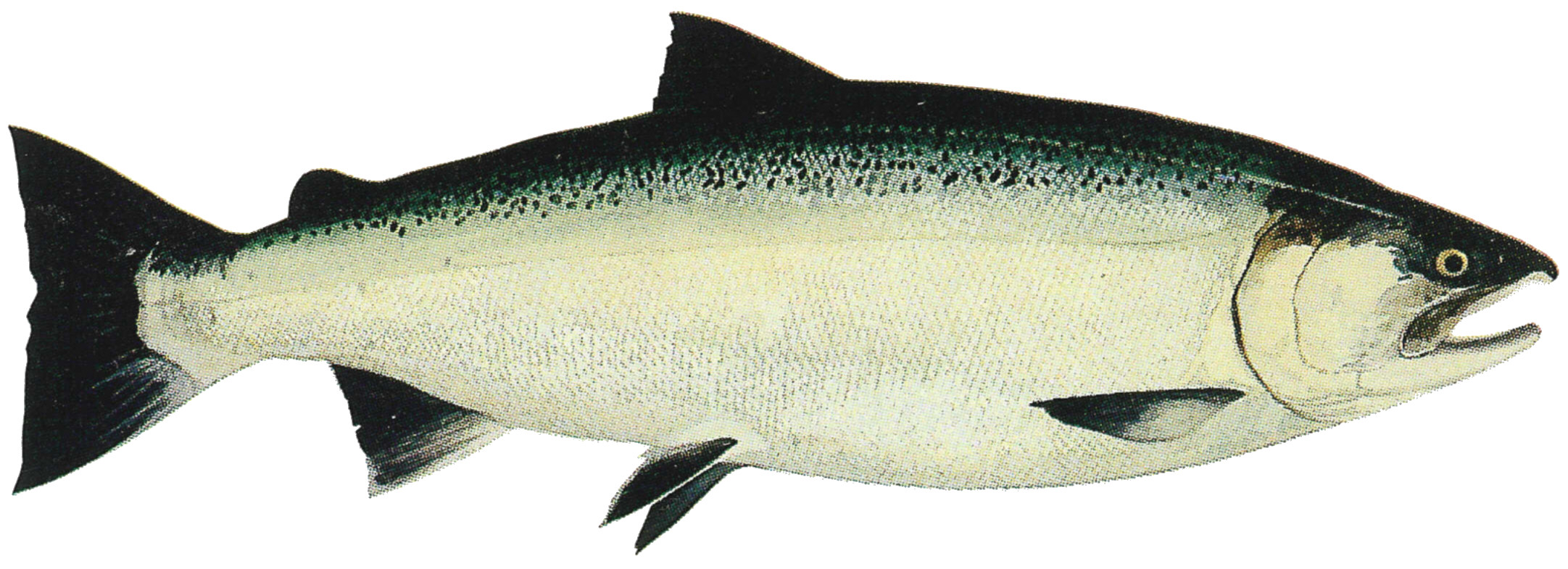
Current
Historical
Spawning

Chum Salmon
Chum are considerably smaller than their Coho relatives, and as a result, do not travel far upstream to spawn. In Oregon, Chum are limited to a few coastal streams, where they are known to gather in large numbers during spawning season. Juvenile Chum spend only a few days in their parent stream before returning to the sea.
Saltwater
Habitat Extent

Current
Historical
Spawning
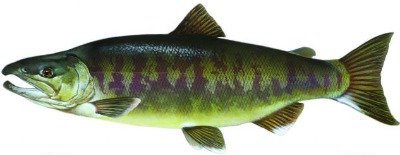
Sockeye Salmon
Sockeye are known as the most flavorful Pacific Salmon, and are recognizable due to bright spawning coloration in males. Unlike other salmon species, Sockeye spawning streams must be connected to lakes. In Oregon, many Sockeye runs no longer exist, primarily due to damming. Sockeye are plentiful in Washington and British Columbia.
Saltwater
Habitat Extent

Current
Historical
Spawning
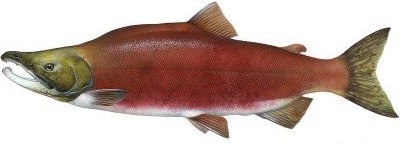
Lamprey
Lampreys are long eel-like fish. They typically spend 3-7 years in freshwater before migrating to the ocean, where they remain for several years. Lamprey return to freshwater to spawn and die. Lamprey are an important food for indigenous groups throughout the Northwest. The construction of the dams has severely limited their distribution throughout Oregon waters.
Habitat Extent
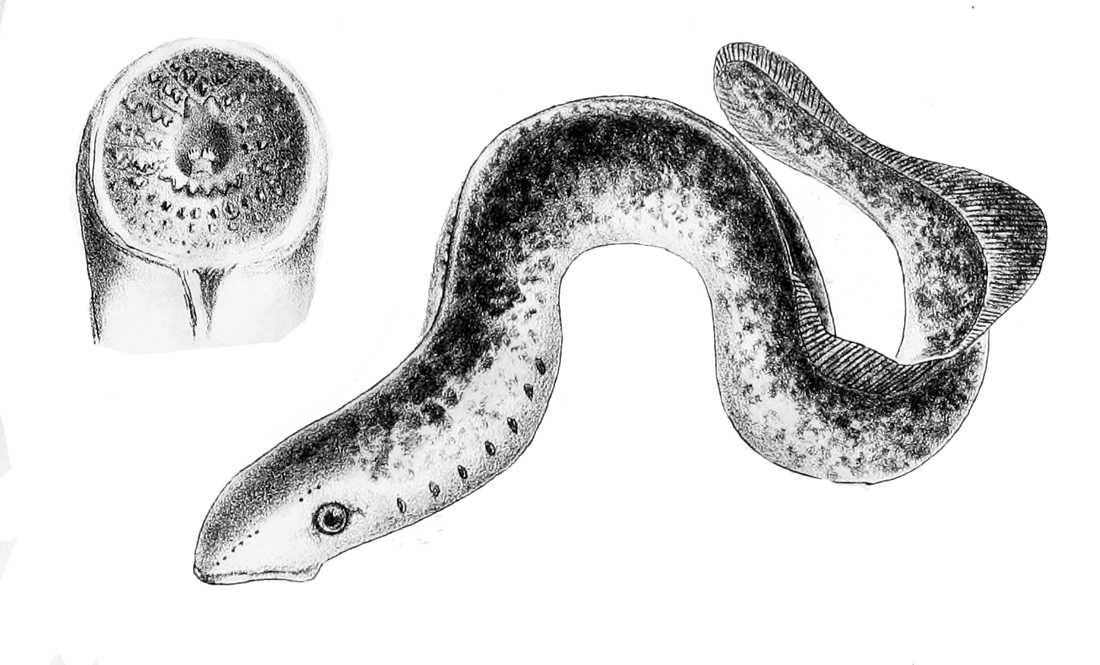
Current
Historical
Sturgeon
White Sturgeon are one of the largest freshwater fish in the world, able to reach 20 feet in length and over 1000 pounds in weight. White Sturgeon spend much of their lives on the bottom of slow-moving waters, including estuaries. They spawn many times throughout their long lives, moving to clean, fast moving rapids to lay their eggs. The construction of dams along the Columbia has created landlocked populations of White Sturgeon.
Less is known about the Green Sturgeon, which can be found spawning in coastal rivers. Unlike White Sturgeon, Green Sturgeon spend most of their lives in the ocean.
White Sturgeon

Species
White
Green
Green Sturgeon
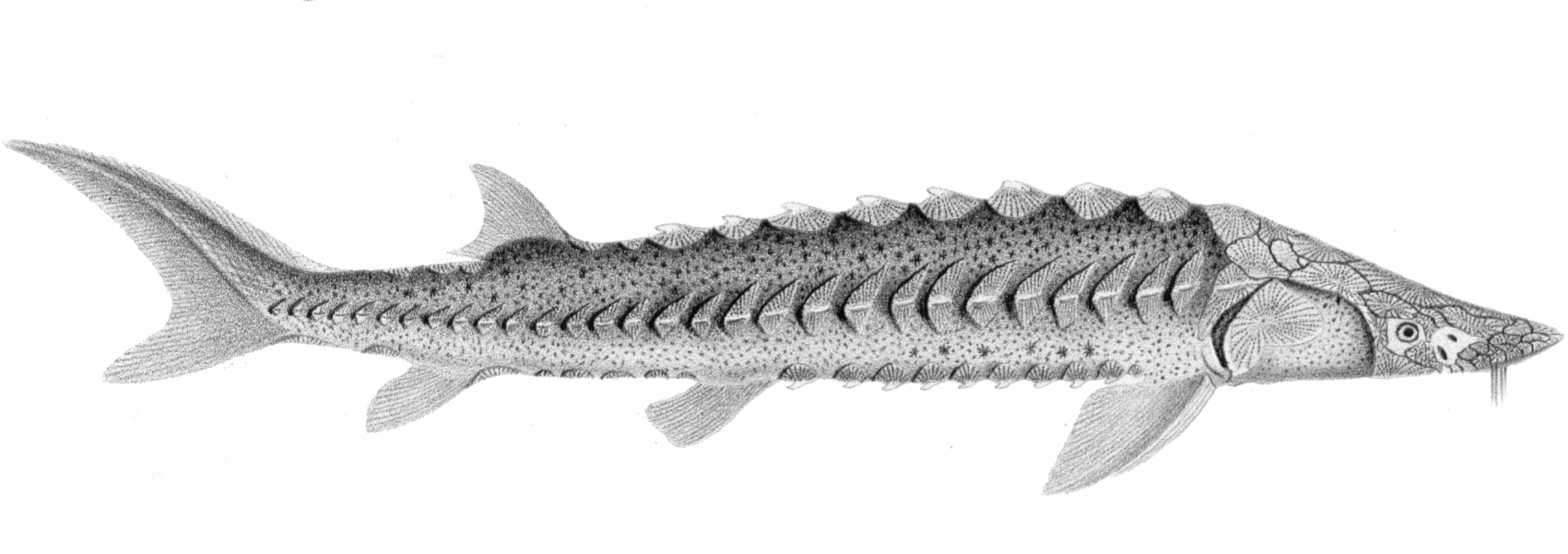
Both
Hatcheries
Fish hatcheries are designed to conserve native species and create opportunities for sport fishing. Fish stocking programs rely on hatchery fish. Hatcheries are managed by the Oregon Department of Fish and Wildlife, and in some cases by tribal groups.
Hover over points for details.
